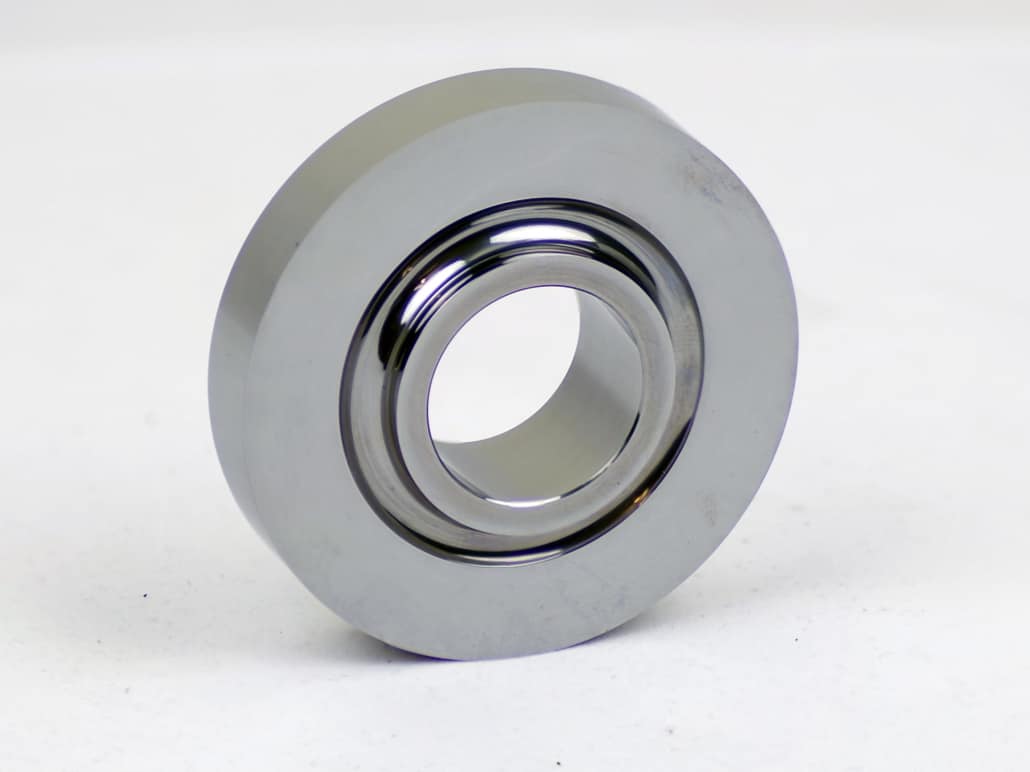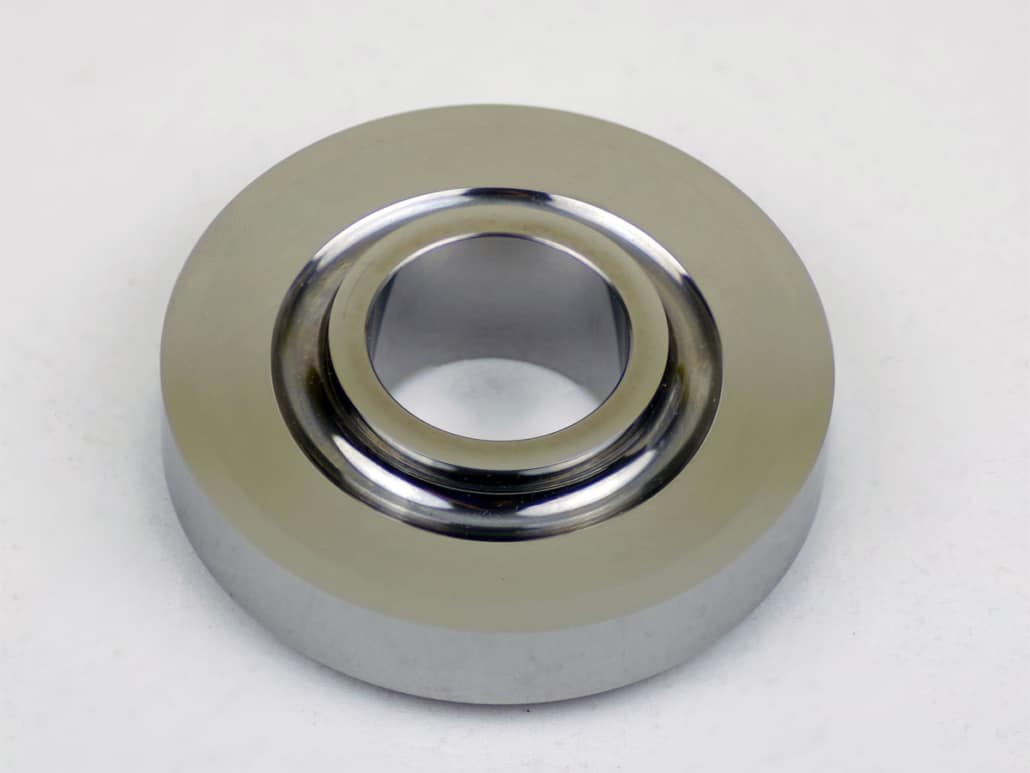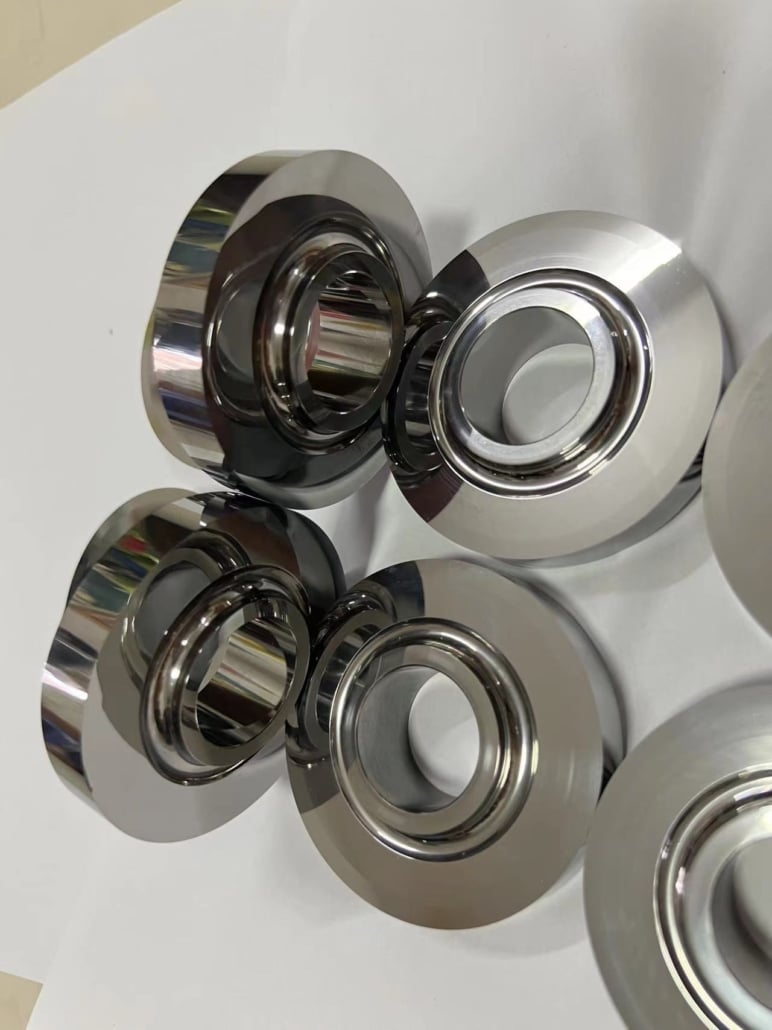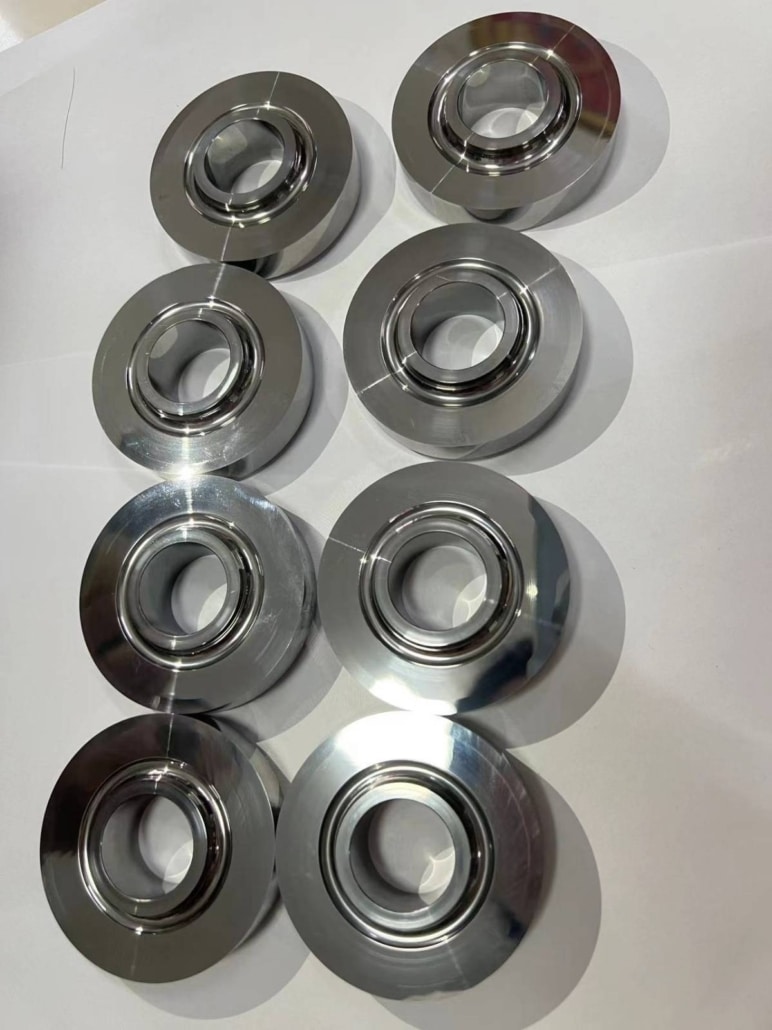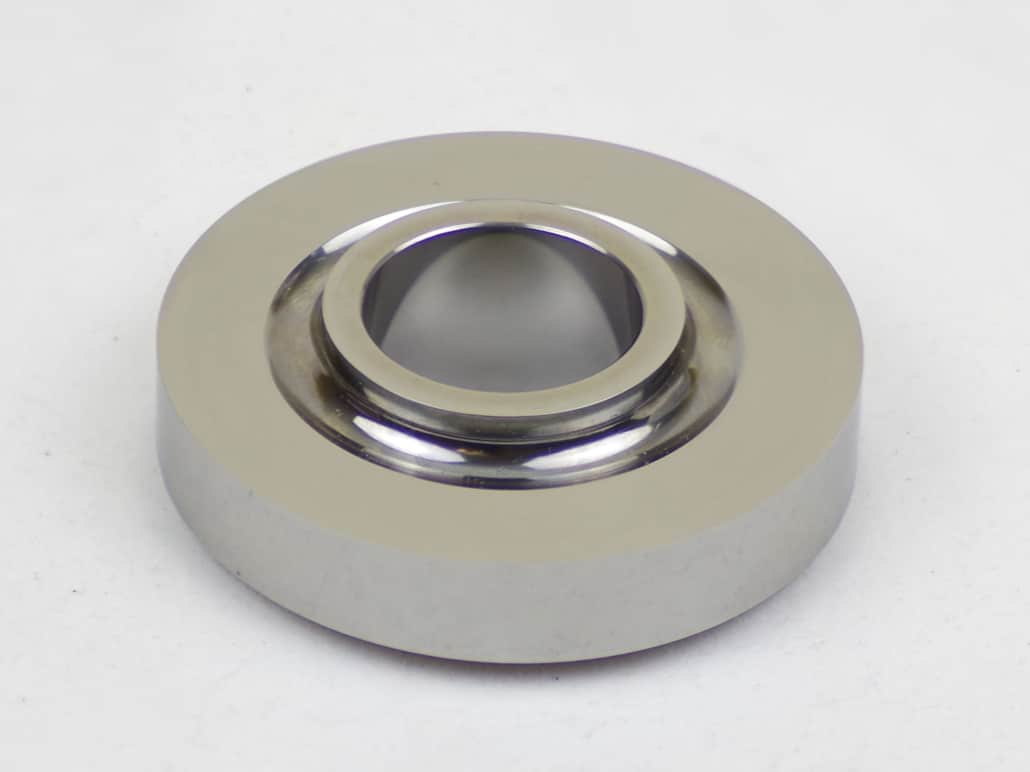Innovative Carbide Roller Prototypes for Metal Rolling Applications
Discover the exceptional performance and durability of Eurobalt’s carbide roller prototypes, designed to revolutionize metal rolling processes. These precision-engineered components, manufactured according to customer specifications, are perfect for steel metal rolling applications.
The Significance of Carbide Rollers in Metal Rolling
Carbide rollers play a crucial role in metal rolling processes, providing efficient and precise material shaping and forming. Their superior hardness, wear resistance, and thermal stability make them ideal for demanding applications in the steel industry.
First Prototype Development
Eurobalt proudly presents the initial prototypes of carbide rollers, representing our commitment to innovation and continuous improvement. These prototypes serve as the foundation for developing high-quality and reliable roller solutions for metal rolling operations.
Customer-Specific Designs
Each carbide roller prototype is meticulously crafted according to customer drawings and specifications. Our team of skilled engineers and technicians collaborate closely with customers to ensure that the rollers meet their unique requirements and deliver exceptional performance.
Challenges in Manufacturing
The production of carbide rollers presents certain challenges due to their intricate design and tight tolerances. One such challenge is the precise drilling of the inner shaft hole, which requires careful attention to achieve the specified diameter of 26mm (+0.015; +0.025). Additionally, maintaining the outer diameter of 68mm (0; +0.02) and the width of 20mm (0; -0.01) demands utmost precision.
Key Specifications and Features
Eurobalt’s carbide rollers are made from VK8 tungsten carbide, renowned for its outstanding hardness and resistance to wear and deformation. The roller surfaces are meticulously polished to achieve a smoothness of Ra0.1. Furthermore, the rollers feature a 0.33-degree angle, strategically designed to facilitate the flow of the emulsion used during the rolling process.
The Production Process
The production of carbide rollers involves several essential steps. It starts with shaping the roller through pressing, followed by a sintering process to achieve the desired hardness and structural integrity. The rollers then undergo precision machining, polishing, and thorough quality control inspections to ensure they meet the highest standards.
In conclusion, Eurobalt’s innovative carbide roller prototypes demonstrate our dedication to providing cutting-edge solutions for metal rolling applications. With our customer-specific designs, meticulous manufacturing processes, and adherence to strict specifications, we deliver high-quality rollers that optimize efficiency, durability, and performance in the steel industry.

